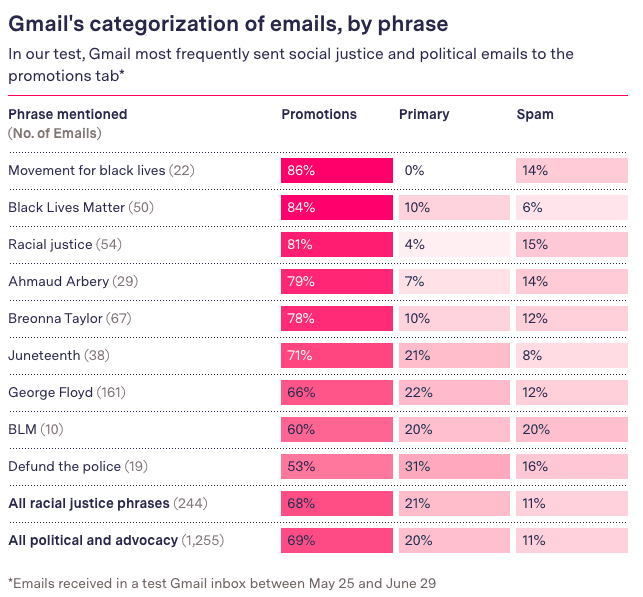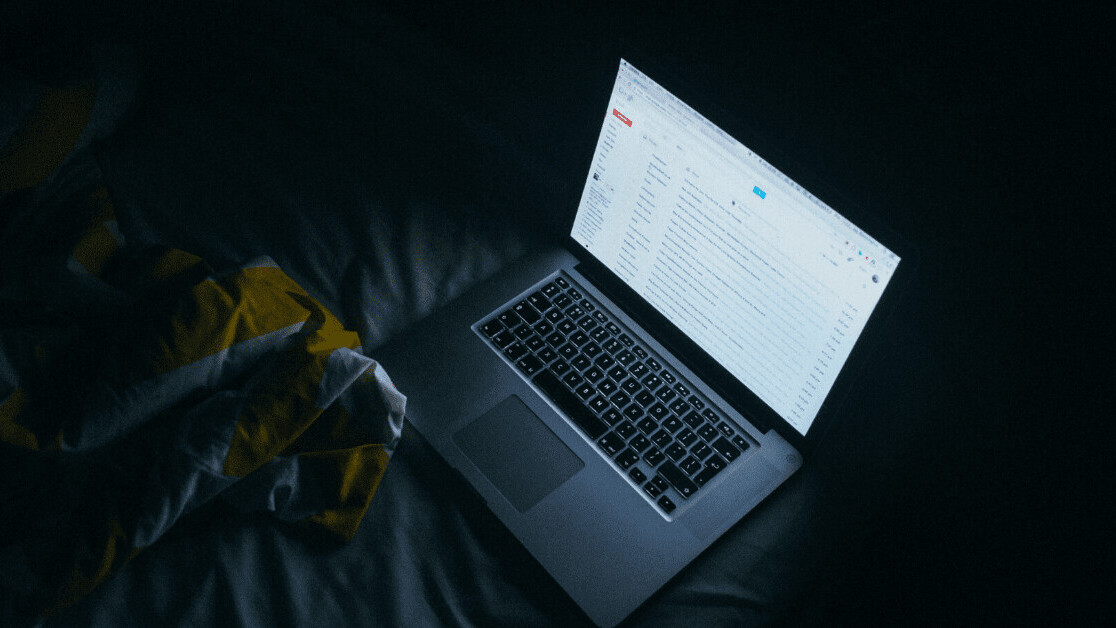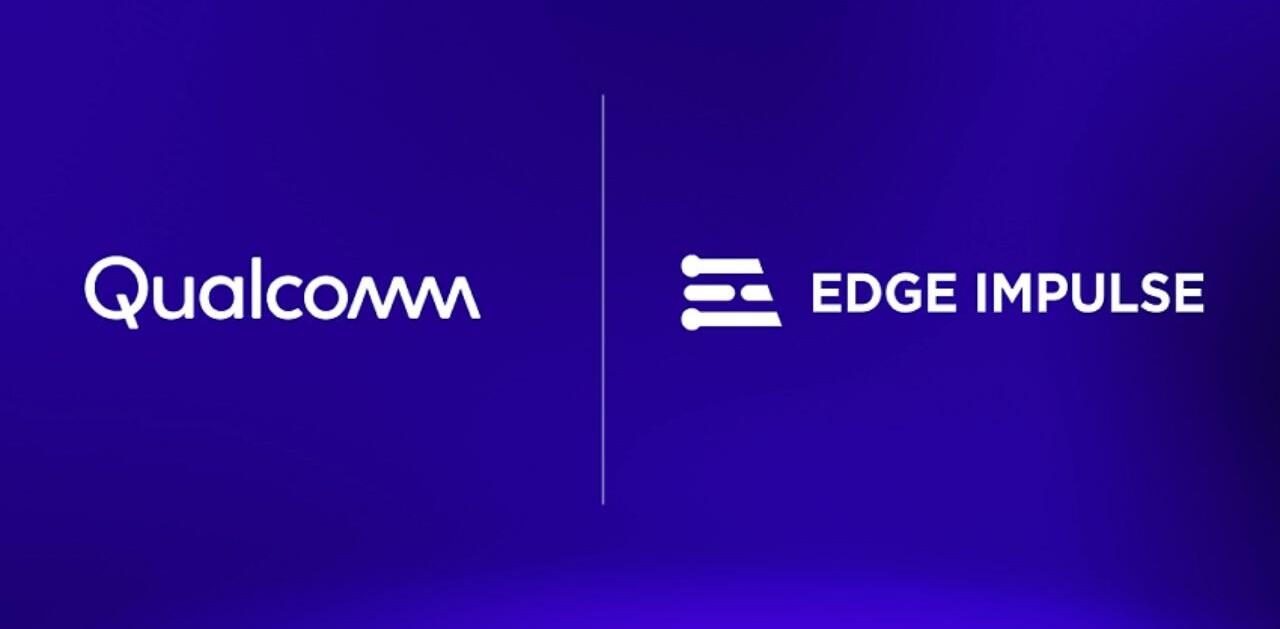As protests in support of the Black Lives Matter movement continue around the United States, Gmail is treating emails from advocacy and political groups referring to racial justice issues like marketing emails.
The Markup analyzed hundreds of emails sent to a test Gmail account from more than 200 candidates and organizations from across the political spectrum from whom we’d signed up to receive communications. Of the emails referring to racial justice received since George Floyd was killed in May, Gmail sent seven in 10 to the less-visible “promotions” tab, which the company says is for “deals, offers, and other marketing emails.”
We also analyzed 22 emails we received from eight racial justice groups over 10 days starting on June 19 and found Gmail sent nine in 10 to the promotions tab. The groups were: The Bail Project, Black Lives Matter, Color of Change, Justice for George NYC, NAACP, NAACP Legal Defense and Education Fund, Reclaim the Block, and the Youth Justice Coalition.
Emails treated like marketing included:
- An email from the NAACP Legal Defense and Educational Fund asking for donations in honor of Juneteenth.
- An email from MoveOn.org, with the subject line “Celebrate Juneteenth by declaring that #BlackLivesMatter,” that directed people to online and in-person protest activities “to #DefendBlackLives and end the systems that seek to penalize and brutalize Black people.”
- An email from Planned Parenthood, with the subject line “What you can do right now for Black lives,” that encouraged people to join a Facebook Live town hall on anti-racism, sign a petition demanding the firing of the officer who killed Breonna Taylor and the other officers present, support voter registration efforts of Black Lives Matter, and donate to bail funds. The email also directed Black people to take care of themselves and non-Black people to educate themselves about racial justice.
- An email from the progressive advocacy organization Courage California urging people to “Show Up for Black Lives” and directing people to a blog post outlining actions to take to protest white supremacy and police brutality.
- An email from Rep. Abigail Spanberger (D-Va.) calling for accountability for George Floyd’s killing and urging donations to the NAACP, and another about bills addressing racial justice.
- An email from Color of Change urging members to demand the defunding of the Minneapolis Police Department over the killing of George Floyd, and another circulating a petition for criminal charges against the officer who killed Rayshard Brooks.
In fact, Gmail categorized all 18 emails sent by Color of Change, a nonprofit that advocates for Black equality, as promotions.
“People across the country are looking to racial justice groups like Color of Change to keep them informed and provide opportunities to create change,” said Evan Feeney, the group’s campaign director. “That Google is treating these messages the same as a coupon from a store that you signed up for their mailing list that one time is absurd.”
Gmail’s categorization of racial justice emails mirrors an investigation published by The Markup in February that found Gmail sent about half of all political emails to the promotions tab. Since May 25, Gmail sent both political emails and racial justice emails to promotions about 70 percent of the time.
Gmail is the most popular free email program in the world, with an estimated 43 percent of the market, according to the email marketing firm Litmus. Gmail claims to have 1.5 billion active email addresses, so its choices have an outsized effect on which messages reach people.
In an email, Google spokesperson Brooks Hocog declined to comment but pointed to one of the statements the company sent to The Markup for the story published earlier this year.
“In addition to user input, machine learning, to a lesser extent, is also used to classify emails,” the statement said. “Types of email that might make it into the Promotions tab include calls-to-action, marketing newsletters and offers or coupons. This approach applies to all emails that fit the promotion classification, regardless of industry, affiliation, etc.”

By default, Gmail places email in three inbox tabs: primary, which is visible when a user signs in, social, for messages from social networks, and promotions. It also sends some messages to spam. Google, which owns Gmail, says many factors influence how emails are sorted, including how users interact with them individually and in the aggregate.
Some email marketers say they have reliable methods to influence inbox placement in the same way SEO experts say they can boost a website’s ranking in Google’s search engine. But while some may be able to avoid having email sent to spam, avoiding promotions is tougher, said Laura Atkins, co-founder of the email deliverability consulting firm Word to the Wise.
“We at least know what makes the mail go into the spam folder,” she said. “We have no idea what makes mail go into promotions.”
Users can influence the Gmail algorithm by moving individual emails into the primary tab, but it’s unclear how many times that move has to be repeated before Gmail consistently delivers emails from that sender to the primary inbox, Atkins said.
Gmail says users can set up filters to override the algorithm and direct messages from specific senders to their own primary inbox. They can also disable the tabs. Google declined to say how many users keep them enabled. A 2016 survey by an email deliverability firm showed about 34 percent of respondents said they use the tabs.
In order to see how Gmail would categorize emails without any explicit user feedback, we created the test account last year with a new phone number using the anonymizing Tor browser. The email data is exported with Google’s automated tools. We kept the test account segregated in a dedicated browser to avoid sending signals to the email sorting algorithm based on web browsing or by association with other accounts, and we did not open or click on any of the emails.
We found Gmail’s choices were not always consistent. A signup confirmation email from Justice for George NYC went to the primary inbox in our main test inbox, but in a second test inbox it went to the promotions tab. (We did not respond to the signup confirmation email, so did not receive additional emails.)
A representative from Justice for George said in an email that Gmail addresses account for 85 percent of its mailing list and said it’s “incredibly inaccurate” to categorize the group’s emails, which provide opportunities for New Yorkers to “engage in anti-racism advocacy,” as marketing.
The percentage of emails from political causes and candidates sent to the primary inbox has remained consistently below 9 percent, both in our earlier analysis and in our analysis of racial justice emails.
A coalition of advocacy groups, including Color of Change, approached Google in 2018 about the way their emails were being categorized after they noticed a drop in petition signatures and noticed the percentage of emails winding up in the promotions tab had increased. Google granted them a series of phone calls, but nothing changed, several members of the coalition said. Google would not discuss its interactions with those groups with The Markup.
Among the nonprofits whose emails we signed up to receive is the Youth Justice Coalition, which advocates against inequality in the criminal justice system. The Los Angeles–based nonprofit sent us an email asking recipients to testify at a government hearing to reform the 911 system. Gmail sent it to the promotions tab.
“I definitely see this as concerning and problematic,” said Emilio Zapien, the group’s media and communications coordinator. “The dissemination of information is vital to all the organizing work that we do.”
He said the group has shifted its focus to social media since he noticed a couple of years ago that its emails were going to the promotions tab.
“I opened up my email inbox this morning and saw that [an email] was in promotions and it didn’t even pop up in my primary email section,” he added, “and it just makes me wonder, how many people is this affecting the flow of information for?”
This article was originally published on The Markup by Adrianne Jeffries and Leon Yin and was republished under the Creative Commons Attribution-NonCommercial-NoDerivatives license.
Get the TNW newsletter
Get the most important tech news in your inbox each week.






